C is for… Cacumen
Before there was Bonfire, there was Cacumen. Bonfire, of course, came to prominence with their superb 1987 album Fireworks, but remarkably Bonfire mainman Hans Ziller formed Cacumen in Ingolstadt in Bavaria as far back as 1972. The band as was recorded two excellent early albums for the independent label Rockport; The first, self-titled album was very much of its time (1981), featuring a muted hard rock sound with no frills but pretty good songwriting. The second, entitled Bad Widow, came three years and was much better. By then the band had honed their sound into an exciting mix of Accept, the Scorpions and Krokus (with some added – and very tidy – talk box guitar from Ziller!), and songs like the title track and the excellent Too Old to Rock, if a little iffy lyrically, hold up well today. Bad Widow and it’s follow up EP Longing For You were good enough to snare the band a major deal with RCA, wherein a name change was thought propitious – let’s face it, Cacumen isn’t very enticing – so Bonfire were born and the rest, as they say, is history. Well worth seeking out. – Gavin Strickmann
C is also for… Cerebral Fix
Formed in Birmingham, England in the mid eighties, hardcore –influenced death thrashers Cerebral Fix were probably just a little bit ahead of their time. Certainly the sound they pioneered – merging the likes of D.R.I., Napalm Death and Discharge with a more prosaic metal assault – became the sound of crust a little after their first blooming with terrific debut album Life Sucks… And Then You Die! Which came out in 1988.
Listening now, their tuned-down chug on tracks like Give Me Life – a funtime mix of Crumbsuckers and Black Sabbath – sounds almost quaint, but at the time the ‘Fix seemed like the real deal. As ever, they were hampered by the fact that they were English – had they been the latest thing from the US they’d have been feted and fawned over by the mainstream UK press – and never seemed to make the headway their brutal battery deserved. That said, they did make the step up to labels like Roadrunner and Music for Nations as the eighties moved into the nineties and the band polished their sound a little, but for real punx the appeal of Cerebral Fix still lies in their early recordings. A reformed version of the band released a new album, Disaster of Reality, earlier this month. – Michael Stronge
C is also for… Chateaux
Another band from the musical graveyard that was the Ebony Records stable, Chateaux, from the sleepy English town of Cheltenham, certainly packed a punch over three albums for the label.
First album Chained and Desperate was probably the best of the trio, featuring a deliciously raw guitar sound from Tim Broughton and a serviceable vocal performance from a pre-Grim Reaper Steve Grimmett. A classy mix of melodic metal and more staid identikit post-NWoBHM posturing, Chained and Desperate should really have given the band a leg up out of Brit metal’s second division but, of course, the curse of Ebony struck, keeping the band in the shadows when, on the evidence of this album , they deserved a bit more.
By the time second album Firepower was released Grimmett was gone, replaced by singing bassist Krys Mason as the band slimmed down to a three piece. Opening Track Rock and Roll Thunder was a breakneck statement of intent, heavily redolent of Raven’s best work, with Broughton’s six string pyrotechnics given full vent in Darryl Johnstone’s primitive production. Mason’s voice lacked some of the overt histrionics of Grimmett, meaning the band could throw in more ‘rocky’ numbers like Roller Coaster without sacrificing quality, although the slight dilution in metal content probably did the band a bit of harm overall. Third album Highly Strung, released in 1985, saw the band retain the same line up and modus operandi, though the law of diminishing returns was now operating in full effect for the band, meaning that the album, though undoubtedly strong, was met with little or no fanfare, leaving Chateaux to die on the vine like so many of their ilk. A great shame, since the band were undoubtedly one of the more talented to come out of England in the early eighties. – Scott Adams
C Is also for… Cirith Ungol
In their International Encyclopedia of Heavy Rock and Heavy Metal (Sidgewick & Jackson, 1986), Authors Derek Oliver and Tony Jasper describe Cirith Ungol’s cataclysmic debut album, Frost and Fire as ‘the worst heavy metal album ever’. Whilst plainly bollocks, this statement does sum up how divisive Cirith Ungol were at the time. Viewed now as somewhat avant-garde, trailblaizing doom gnostics, at the time it was easy to dismiss them as a low-rent Black Sabbath.
The truth, as ever, lies somewhere between the two extremes, though there’s no doubting that Cirith Ungol did have a hand in forging the modern doom metal blueprint. The title track of Frost and Fire is an out-an-out eighties metal classic, but there’s a depth to the album that was perhaps wilfully ignored at the time by people who should have known better. I’m Alive was a spritely, Blue Oyster Cult-inspired anthem, featuring killer guitar work from Greg Lindstrom and the sadly now-deceased Jerry Fogle, whilst all of the other tracks have an awful lot going for them. Follow up album, 1984’s King of the Dead (‘they’ve improved, marginally’ – Oliver/Jasper) saw the band continuing without Lindstrom but refining the model they’d started with Frost and Fire. Vocalist Tim Baker doesn’t sound as good on the second album, making it a more difficult listen than the debut, but there’s still much to enjoy. The band managed two more albums, One Foot in Hell (1986) and 1991’s Paradise Lost but were unable to capture the magic of their early days, falling by the wayside as a result. Not essential listening, thought that first album is pretty close. – GS


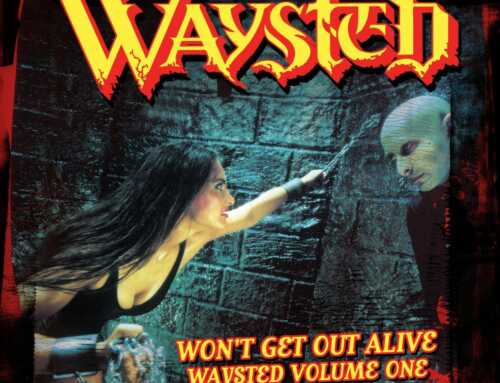
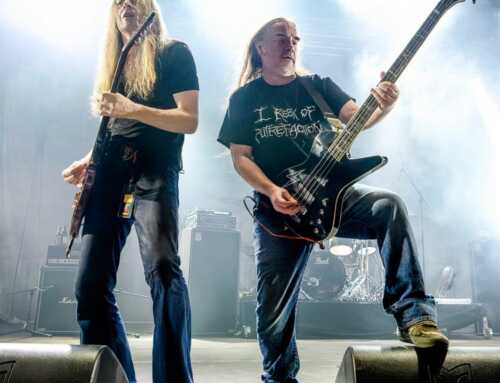
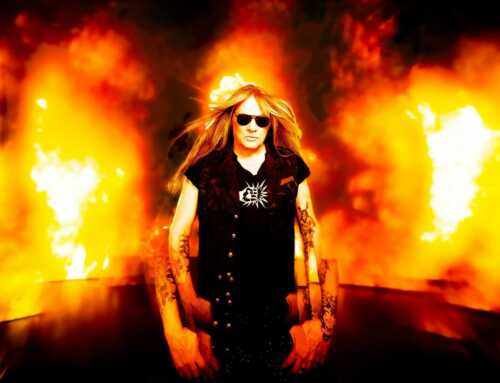
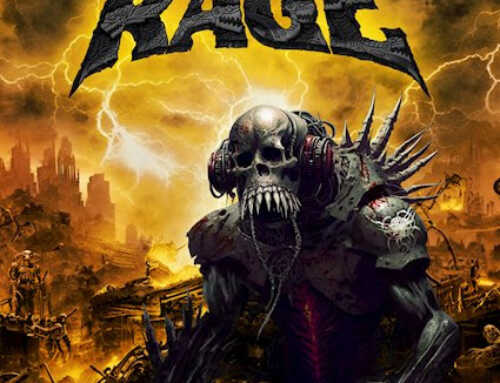
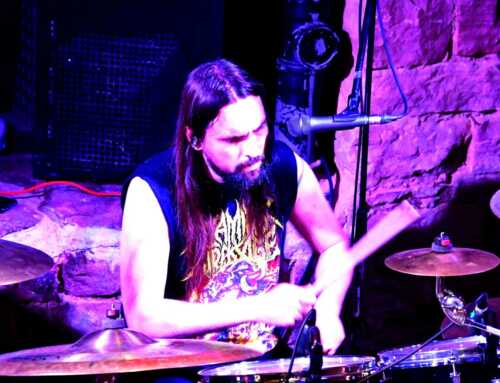
Leave A Comment